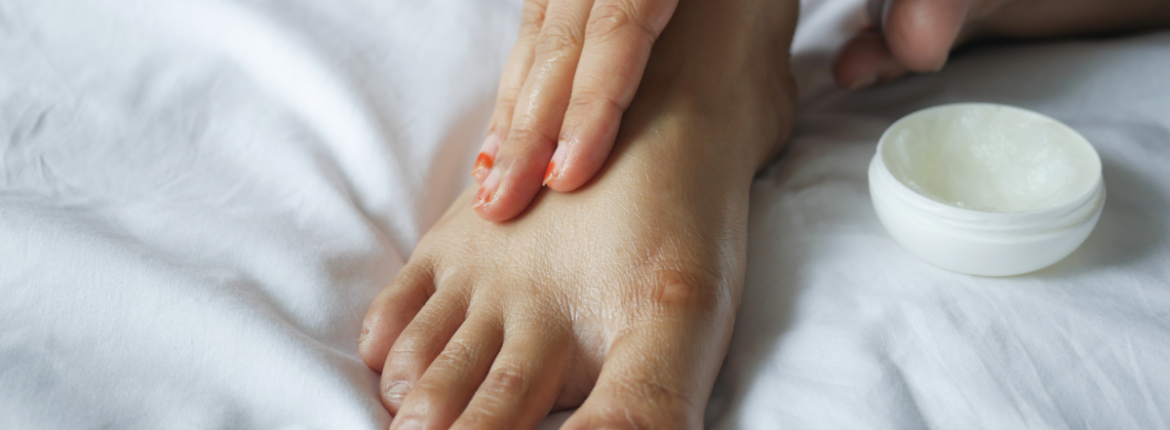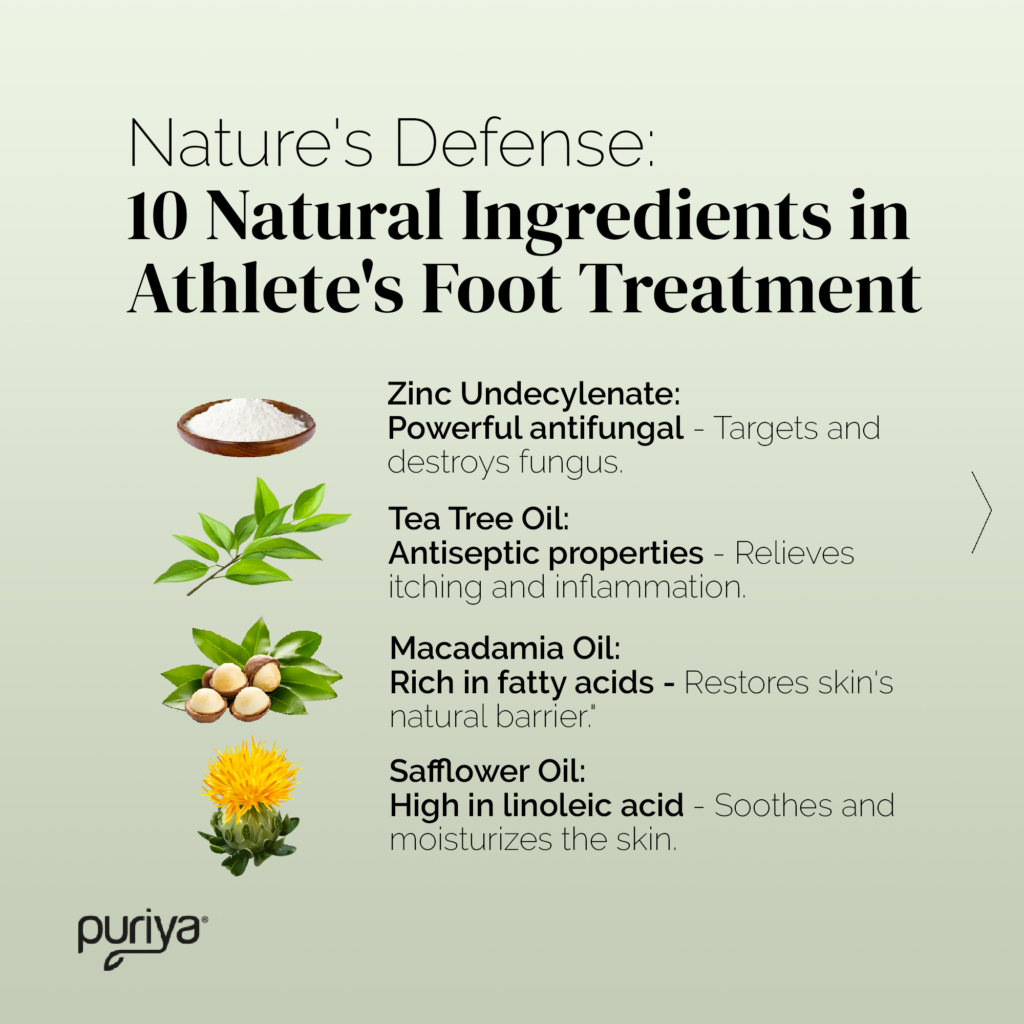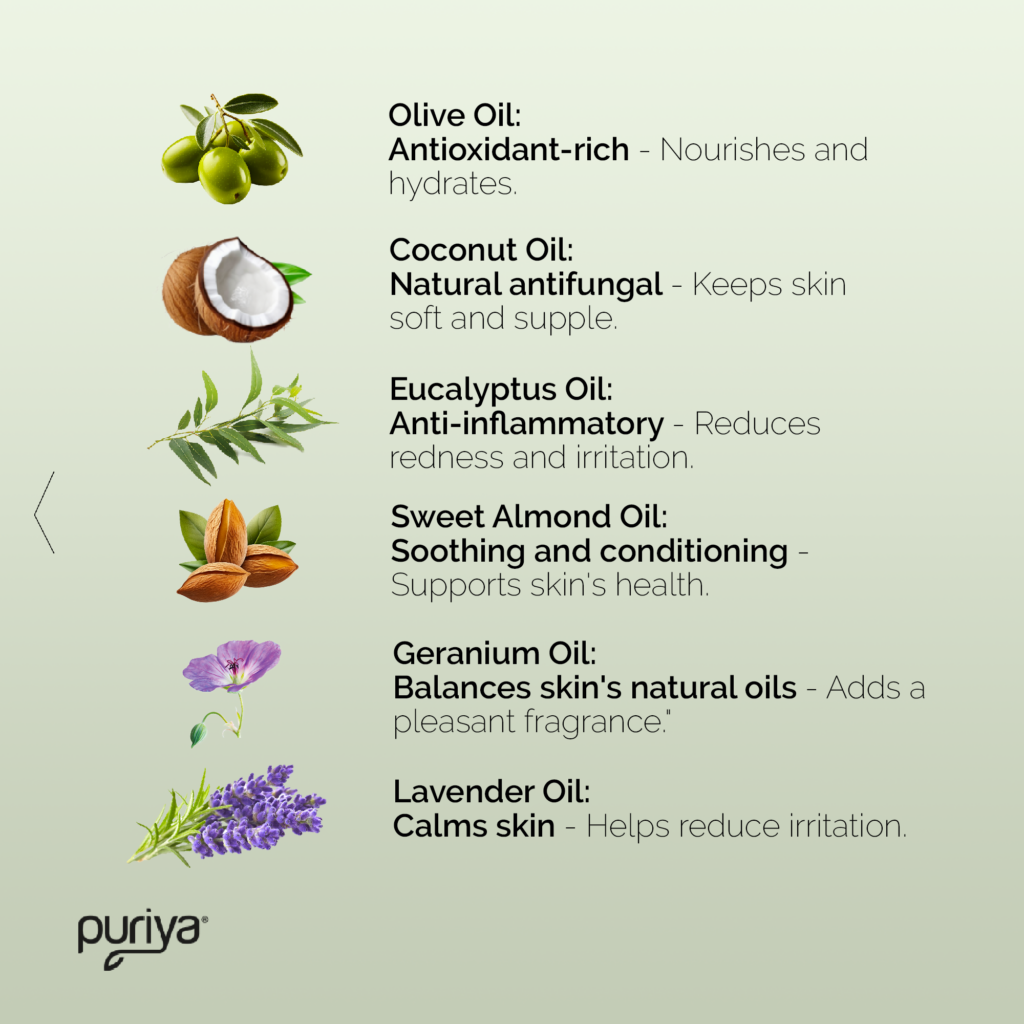

Athletes foot treatment extra strength is a common need today., Athlete’s foot, a common fungal infection that targets the skin on the feet and toes, is a condition familiar to many, yet it remains a source of extreme discomfort and inconvenience for those affected. Characterized by itching, scaling, and in some cases, painful cracking, athlete’s foot can significantly disrupt daily activities and overall quality of life.
Where does it live?
Typically thriving in and infecting people in warm, moist environments, this condition often plagues individuals who frequent gyms, pools, and those who regularly engage in activities that involve wearing closed shoes for extended periods of time.
Effective treatment plays a crucial role in managing and eradicating the bothersome ailment of athlete’s foot. While various over-the-counter options are available, more persistent and severe cases require a robust approach. This is where extra strength athlete’s foot treatments become essential. Manufacturers specially formulate these extra strength treatments to provide a potent solution against the resilient strains of fungus responsible for athlete’s foot.
Researchers design these treatments to provide quicker relief from symptoms and a more efficient path to recovery, especially in cases where standard treatments have not produced the desired results.
Extra strength athlete’s foot treatments often contain higher concentrations of active antifungal agents. These enhanced formulations may be adept at providing immediate relief from discomfort and itching but can also contain unwanted ingredients.
For those who have experienced the relentless nature of a severe athlete’s foot infection, the introduction of an “athlete’s foot treatment extra strength” can introduce some unwanted chemicals into their life.
Common Athletes Foot Ingredients & Chemicals You May Want To Avoid
Want a natural plant-powered athlete’s foot treatment? Join our newsletter to get the best options and discounts! Click here to join.Terbinafine For Athletes Foot Treatment Extra Strength
Terbinafine, discovered in 1983 by researchers at Sandoz, now a part of Novartis in Switzerland, is a common antifungal medication. Researchers specifically developed terbinafine, a member of the allylamines class of drugs, to combat fungal infections that primarily affect the skin, hair, and nails. The drug gained medical approval in the United Kingdom in 1991 and subsequently in the United States in 1996. Since then, terbinafine has become a widely used treatment for various foot and body fungal conditions.Side Effects & Dangers
The side effects of terbinafine can vary but commonly include skin irritation, itching, or redness at the application site. In oral form, it may cause gastrointestinal disturbances, taste disturbances, and, in rare cases, liver problems. Allergic reactions, though infrequent, can occur. Medical professionals generally consider terbinafine safe when people use it as directed. However, an overdose, especially of the oral form, can lead to symptoms like headache, nausea, dizziness, and stomach pain. In severe cases, liver damage is a concern, and patients with liver disease or compromised liver function should use oral terbinafine cautiously.Animal Testing
Like many medications, researchers may have tested terbinafine on animals during its development phase to determine its safety and efficacy. Pharmaceutical companies standardly practice this in development. Veterinarians sometimes prescribe terbinafine for fungal infections in animals. However, only veterinarians should administer it because the dosage and safety vary significantly between humans and animals. Healthcare providers generally consider terbinafine safe for long-term use, but they should monitor any medication used over a long period. The risk of side effects, particularly those related to the liver, may increase with prolonged use.Contamination
Clotrimazole For Athletes Foot Treatment Extra Strength
History of Clotrimazole Clotrimazole was first synthesized in 1969 by scientists at Bayer AG, a German multinational pharmaceutical company. Scientists developed clotrimazole as part of a class of drugs known as azole antifungals, which inhibit the growth of a wide range of fungi. The medication quickly became a staple in treating skin and vaginal yeast infections due to its broad-spectrum antifungal activity.Side Effects of Clotrimazole
Common side effects include minor skin irritation, redness, stinging, or burning at the application site on the skin. These symptoms are typically mild and diminish as the body adjusts to the medication. Severe allergic reactions to clotrimazole are rare but can include rash, itching/swelling (especially of the face/tongue/throat), severe dizziness, and trouble breathing.Dangers and Overdose Information
Clotrimazole generally remains safe when used as directed. An overdose is rare, especially with topical application, because the skin minimally absorbs it. If ingested orally, it may cause nausea or vomiting, but severe symptoms are unlikely; thus, caution is probably necessary if you have pets
Animal Testing and Use in Pets
Safety for Continued Use
Miconazole
Side Effects of Miconazole
Dangers and Overdose Information
Animal Testing and Use in Pets
Safety for Continued Use
Tolnaftate
Side Effects of Tolnaftate
Dangers and Overdose Information
Animal Testing and Use in Pets
Safety for Continued Use


Plant Powered Alternatives For Athletes Foot Treatment Extra Strength
Tea Tree Oil
- Effectiveness in Treating Fungal Infections: Tea tree oil has been found to be effective in the treatment of various fungal conditions, including dandruff, oral candidiasis, and vaginal candidiasis. It’s known for causing the leakage of intracellular compounds and inhibiting cellular respiration in bacteria, which contributes to its oft touted antifungal properties. However, its effectiveness in treating toenail fungus has shown mixed results.
- Comparative Effectiveness with Traditional Antifungals: Tea tree oil may be a valuable addition to traditional antifungal drugs due to its antifungal and anti-inflammatory activity. Its potential as an adjunct or alternative to common antifungal agents, such as Ketoconazole, which is an imidazole antifungal agent commonly used for dermatological fungal infections, has been noted.
- Broad Antimicrobial Properties: A comprehensive review of Melaleuca alternifolia (Tea Tree) Oil’s antimicrobial and other medicinal properties highlights its broad-spectrum activity. This includes not only antifungal but also antibacterial properties, making it a versatile agent in treating various infections.
- Common Uses in Topical Treatments: The Mayo Clinic notes that tea tree oil is commonly used to treat conditions like acne, athlete’s foot, lice, nail fungus, and insect bites. Its widespread use in topical treatments attests to its perceived efficacy and safety when used externally.
The Soothing Benefits of Macadamia Seed Oil in Athlete’s Foot Treatment
Macadamia Seed Oil: A Natural Moisturizer Derived from the nuts of the Macadamia Ternifolia tree, Macadamia Seed Oil is celebrated for its deep moisturizing capabilities. Rich in essential fatty acids, it closely mimics the skin’s natural oils, making it an excellent ingredient for restoring skin hydration.
Soothing Irritated Skin One of the key challenges in treating athlete’s foot is addressing the skin irritation and dryness caused by the fungal infection. Macadamia Seed Oil, with its natural soothing properties, helps calm irritated skin, providing much-needed relief from itching and burning sensations.
Restoring the Skin Barrier Fungal infections like athlete’s foot can compromise the skin’s barrier, leading to further skin issues. The fatty acids in Macadamia Seed Oil are crucial for rebuilding this barrier. By reinforcing the skin’s natural defense, it helps prevent secondary infections and accelerates the healing process.
Supporting Antifungal Treatment While Macadamia Seed Oil does not have antifungal properties, it complements antifungal treatments effectively. By maintaining skin health and integrity, it allows the active antifungal ingredients to work more effectively, ensuring a faster and more comprehensive recovery from athlete’s foot.
Why use a Plant Powered Solution?
- Safety and Gentleness: Natural ingredients like Zinc Undecylenate, Tea Tree Oil, and various plant oils are typically gentler on the skin compared to harsh chemical compounds. This reduces the risk of irritation, allergic reactions, and other side effects often associated with synthetic antifungal agents.
- Effective Antifungal Action: While being gentle, ingredients like Zinc Undecylenate and Tea Tree Oil are effective in combating fungal infections. They provide the necessary antifungal properties to treat athlete’s foot effectively without the need for harsh chemicals.
- Skin Nourishment and Healing: Oils like Macadamia, Safflower, Olive, and Coconut Oil offer deep moisturization, helping to restore the skin’s natural barrier that can be disrupted by fungal infections. This not only aids in treating the current infection but also helps in preventing future occurrences.
- Anti-Inflammatory Properties: Ingredients such as Eucalyptus Oil and Lavender Oil have natural anti-inflammatory properties, providing relief from itching and irritation caused by athlete’s foot.
- Holistic Approach to Skin Health: The combination of these natural ingredients takes a more holistic approach to treating athlete’s foot. Instead of merely eliminating the fungus, they also focus on maintaining and restoring the overall health of the skin.
- Reduced Environmental Impact: Using plant-based ingredients is generally more environmentally friendly compared to synthetic chemicals, aligning with a more sustainable and eco-conscious approach to skincare and treatment.
- Category:
- Uncategorized
